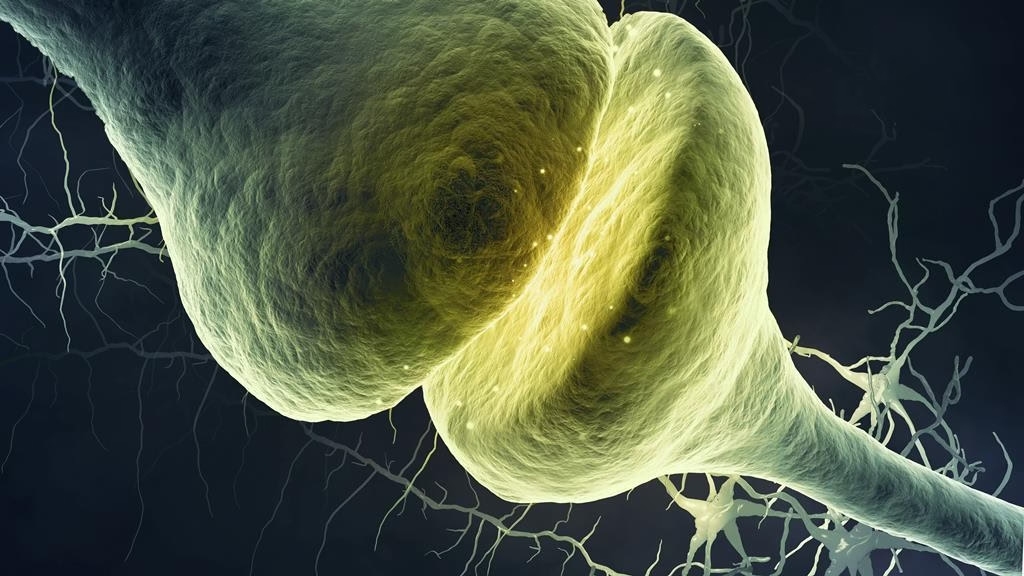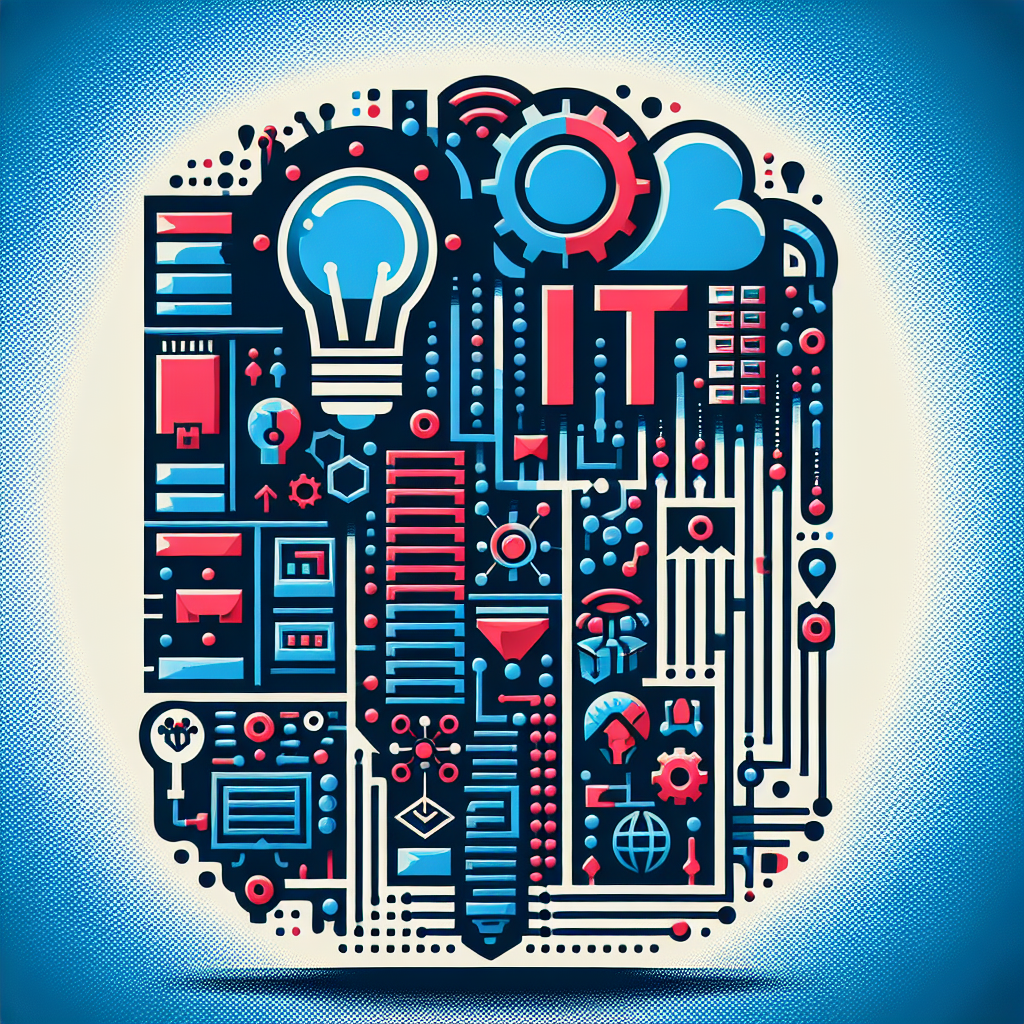How the smallest switch in your brain controls the flow of thoughts, memories, and emotions
Introduction: The Place Where Thoughts Are Refracted
If neurons are the transistors of our nervous system that actively process signals, and axons are the “cables” that transmit those signals, then the synapse is that critical point where everything happens – the biological switchboard where signals are transmitted, modulated, and integrated. It is the space between two neurons where electrical energy is converted into a chemical code, and then back into an electrical impulse.
There are two types of these “connectors”:
- Electrical synapses – direct connections like short busbars
- Chemical synapses – complex relays with chemical activation
Electrical Synapses: The Direct Busbar ⚡
Imagine two adjacent buildings connected by a passageway through which people can move directly. These are electrical synapses. Through specialized proteins called connexons, ions and small signals can pass directly from cell to cell. This is:
- Fast – almost instantaneous
- Reliable – always works
- Simple – but with limited capabilities
These synapses are common in areas where rapid coordination is needed, such as the heart muscle or reflex arcs.
Chemical Synapses: The Programmable Relay with Chemical Activation 🧪⚡
This is the main story – a sophisticated biological switch that uses chemical “information packets.” Imagine it as a switchboard with relays that connects the presynaptic neuron (sender), via the synapse, to the postsynaptic neuron (receiver).
The Transmission Process in 4 Steps:
- Signal Arrival – An action potential (due to ion movement) arrives at the axon terminal
- Neurotransmitter Release – Vesicles (membrane sacs) open and release chemical messengers
- Recognition – Neurotransmitters bind to receptor proteins
- Response – Ion channels open or close
Neurotransmitters: Chemical Messengers with Different Roles
Each neurotransmitter is like a different signal:
- Dopamine – reward and motivation system
- Serotonin – mood and appetite
- Acetylcholine – muscle contraction and memory
- GABA – inhibition, calming
The Quantum Dimension: When Chemistry Isn’t Enough 🔬🌀
This is where the story becomes even more fascinating. Research suggests that quantum effects, including quantum tunneling, may play a role in:
- The release of neurotransmitters from vesicles
- The binding of neurotransmitters to receptors
- The efficiency of synaptic transmission
This indicates that synapses are not just simple switches with two states (“on” and “off”), but perhaps quantum processors operating in a superposition of different states.
Signal Integration: Neural Computing in Action 🧠💡
Each neuron receives thousands of input signals through its dendritic branches. These signals are integrated:
- Spatial integration – different inputs from different dendrites
- Temporal integration – consecutive signals within a short time
The final decision – whether the neuron will “fire” – depends on this complex calculation.
Why Do Substances Like Alcohol Disrupt Function? 🍷🔧
Alcohol and other psychoactive substances work by:
- Altering neurotransmitter release
- Blocking or enhancing receptor responses
- Damaging the “switchboard” membrane
It’s like pouring water into electronics – short circuits, false signals, and disrupted communication.
The Synapse and Artificial Intelligence: Inspiration for the Future 🤖🔮
Today’s neural networks in AI are very simplified versions of real neural networks. But as we understand synapses better, we can build more sophisticated AI systems that:
- Have analog (not just binary) outputs
- Use temporal coding of information
- Possess the capacity for plasticity and learning
Conclusion: The Most Complex Switchboard in the Universe 🌟
The synapse is not just a switch – it is a dynamic, adaptive, biological processor that:
- Adapts to experience (plasticity)
- Integrates thousands of inputs
- Operates with quantum precision
- Changes throughout life
Every thought, memory, and emotion – all are the result of billions of these microscopic “switchboards” working tirelessly in our brain.
Fascinated by biological electronics? Follow us for more stories about how nature solves engineering challenges. MilovanInnovation – where biology meets technology.


Leave a Reply